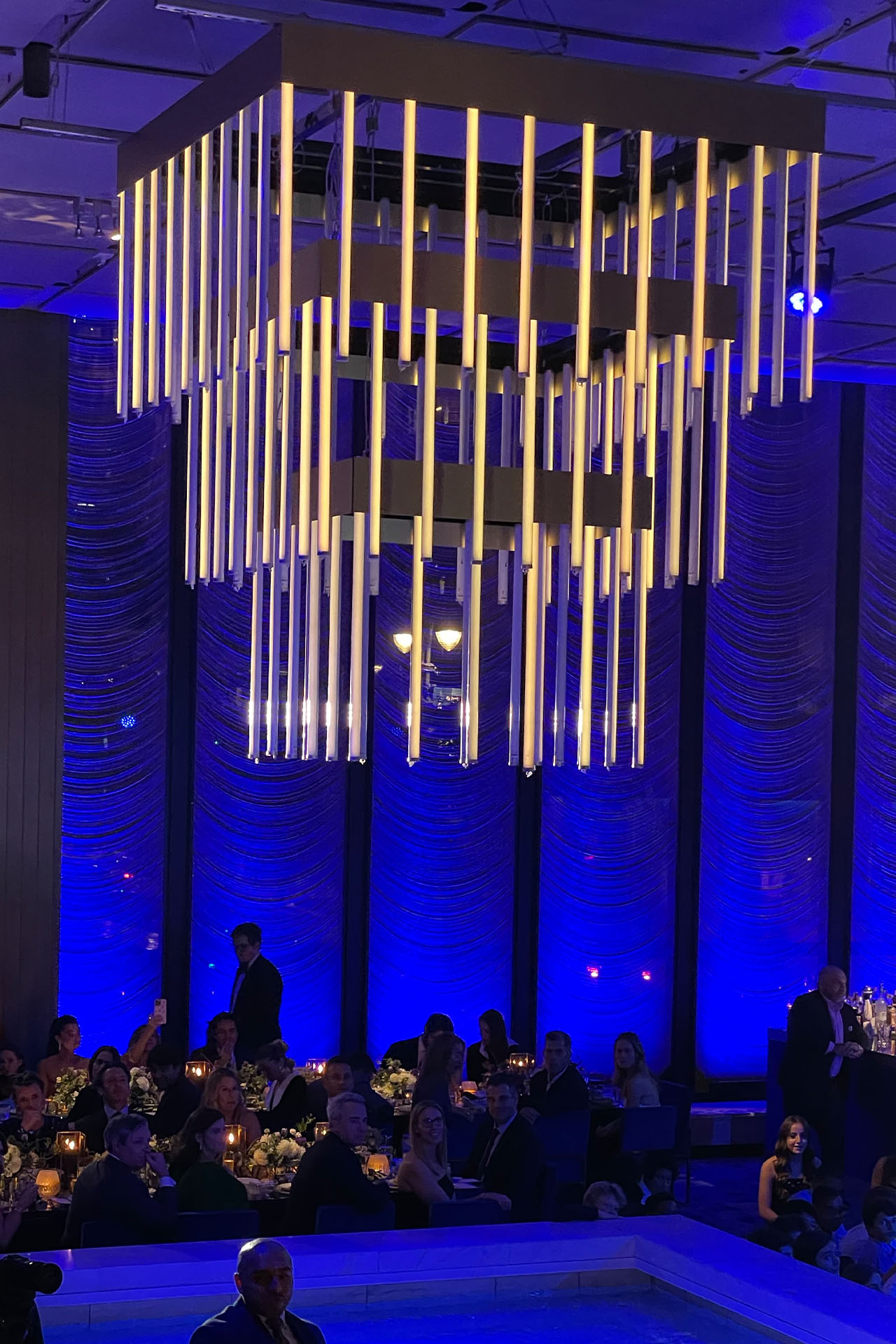Essential Tactics for Maximizing the Durability of Your Light Emitting Diode Display
Wiki Article
LED screens are becoming increasingly widely used for various purposes, from advertising to leisure. To guarantee that these displays function efficiently over time, it is essential to implement strategies that maximize their durability. Comprehending the factors that affect the longevity of LED walls can assist users sustain their performance and prevent unneeded replacements.
One of the main elements that can prolong the lifespan of an LED screen is proper setup. It is crucial to have a professional crew handle the installation procedure to guarantee all components are correctly connected. Poor installation can lead to electrical issues or mechanical damage. Additionally, the location of the Light Emitting Diode screen should consider environmental conditions such as sunlight exposure and moisture levels. A properly set up display in a suitable site will reduce the risk of damage caused by external factors.

Routine upkeep is a further key strategy to extend the lifespan of an LED wall. This entails regular checks to check for any signs of wear or failure. Dust and debris can accumulate on the surface of the Light Emitting Diode screens, affecting brightness and hue quality. Cleaning the displays with suitable cleaners will help maintain ideal clarity. It is also important to check the components behind the screen, ensuring that all connections are tight and that there are no heat issues, which can significantly shorten the lifespan of the parts.
Electrical control plays a vital role in enhancing the longevity of an LED wall. Excess voltage or unstable electricity web link supply can damage the inner circuitry. To avoid this, using a high-quality power supply and implementing surge protection strategies is recommended. Additionally, adjusting the screen to operate at reduced brightness levels when high luminosity is not necessary can lessen stress on the lights. This not only prolongs the durability of the wall but also conserves energy, making it a cost-effective choice.
In addition, program control can influence the functionality of LED screens. Consistently refreshing the program that operates the screen ensures that it runs efficiently and incorporates any necessary security patches. Outdated software can lead to functionality issues and may put the setup to risks. Proper timing of programming can also help in managing the workload of the display, allowing it to rest during non-peak hours, which can contribute to a longer lifespan.
In conclusion, maximizing the lifespan of an Light Emitting Diode screen involves a combination of proper setup, regular maintenance, efficient electric management, and diligent software management. By concentrating on these essential strategies, users can ensure that their LED displays stay functional and visually pleasing for numerous years. Implementing preventive measures will not only enhance the performance of the Light Emitting Diode wall but also provide a better return on cost over the years.